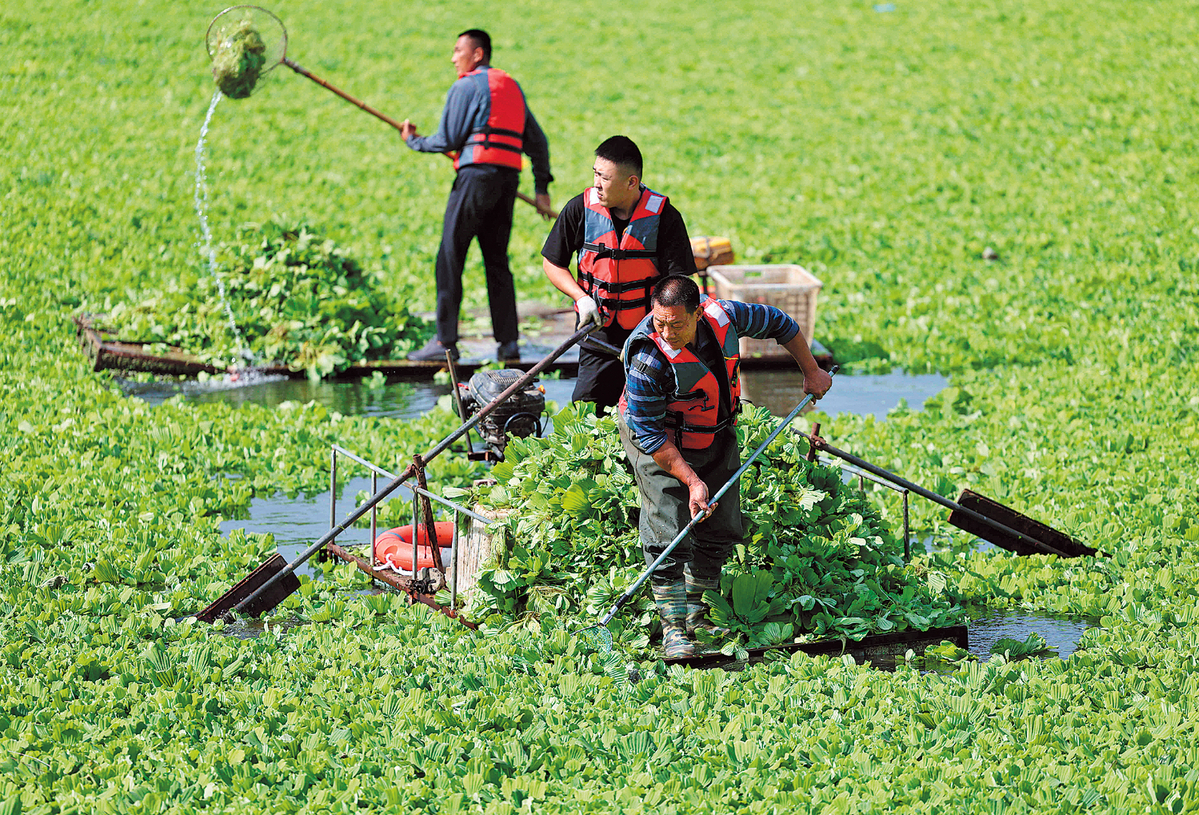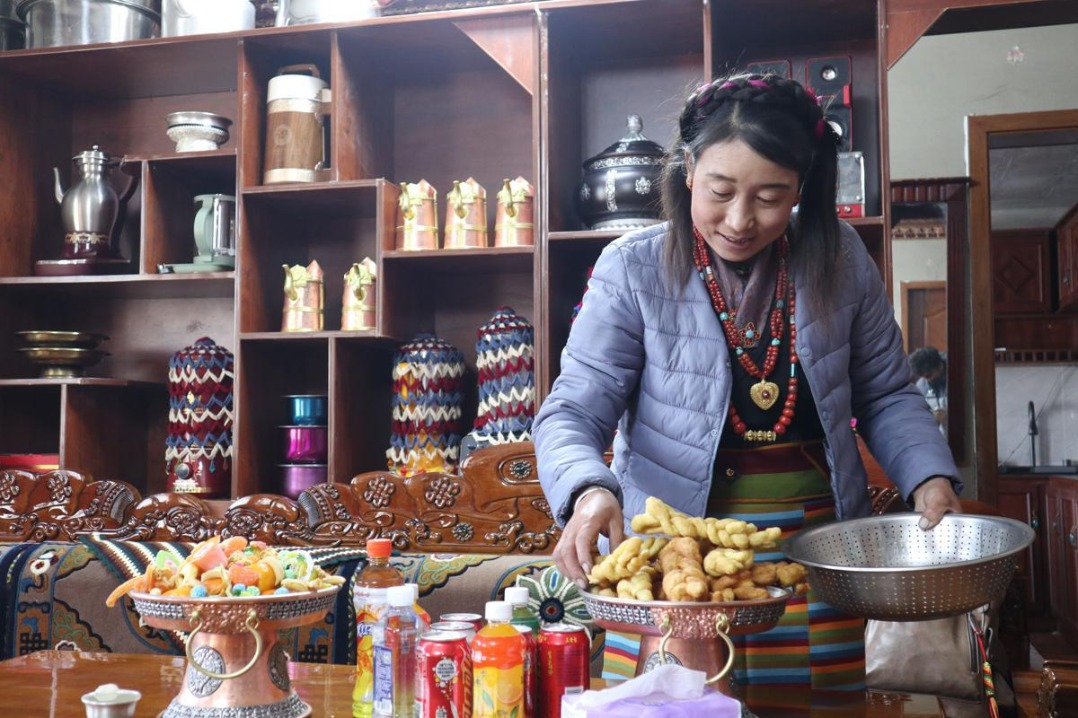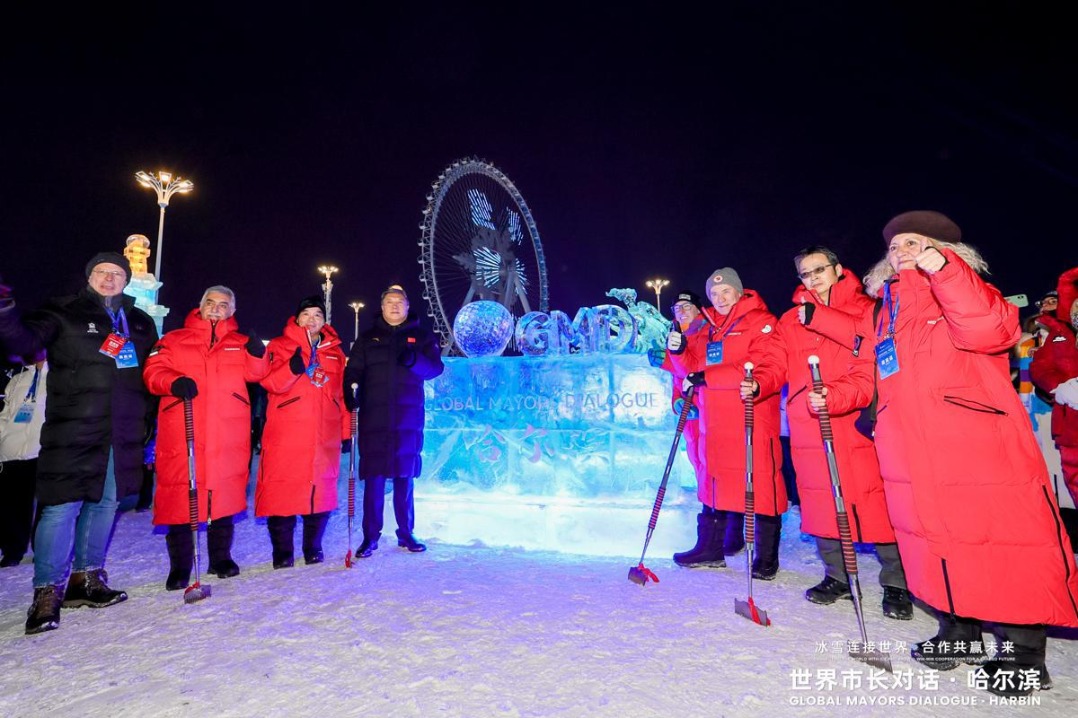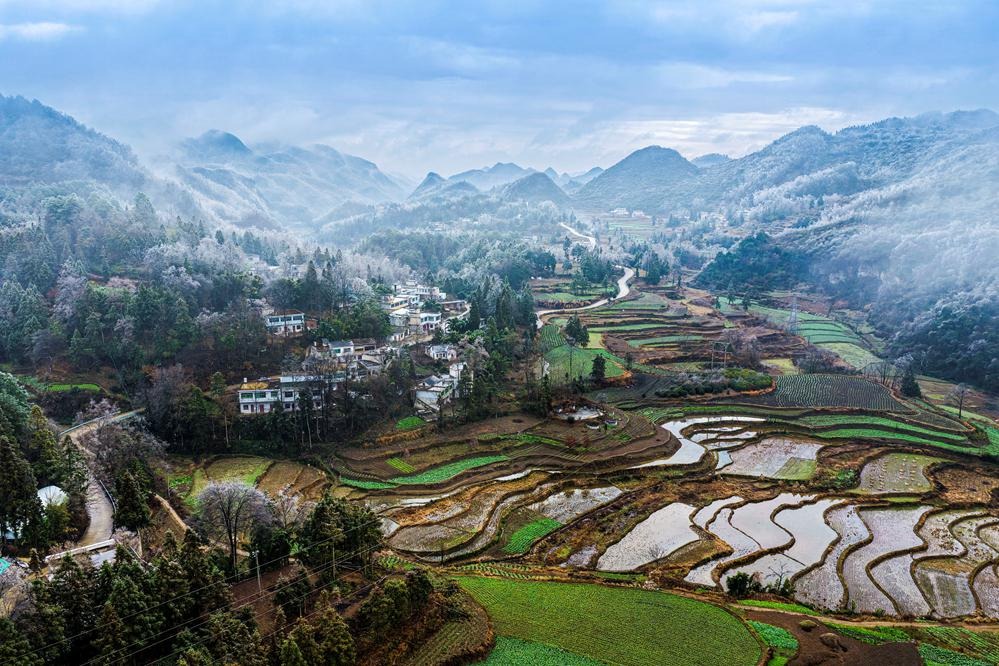Legislators call for high-tech curbs on pollution


During the annual legislative session that ended on March 11, deputies to the National People's Congress, China's top legislature, called for stepped-up efforts to curb pollution that endangers the health of China's mother rivers.
Li Haisheng, an NPC deputy and president of the Chinese Research Academy of Environmental Sciences, submitted a suggestion to the legislature, calling for a more tech-driven approach to tackling environmental problems facing the Yellow River, the second-longest river in the country and considered a cradle of Chinese civilization.
In an interview with the newspaper Science and Technology Daily, he said technology is key to addressing the weak points in managing the Yellow River.
The environmental scientist called for a drive to develop technologies and equipment that can help repair the river's ecology and tackle existing pollution. Research hubs and observatories should also be built to collect relevant data, which in turn can be used to simulate ecological disasters and other risks to improve preparedness, he said.
"In recent years, the ecology of the Yellow River has kept improving," he said, referring to the better water quality and decreased exposure to industrial waste.
"However, there remains a long way to go," he said.
The Yellow River flows across several agricultural heartlands such as Shaanxi province, and the Ningxia Hui and Inner Mongolia autonomous regions, where agricultural runoff has long been a threat to the river's health. The demand for irrigation water has also strained the river's flow.
Li advised the regions to reshuffle their agricultural structures to curb water demand as well as pollution, and upgrade energy-intensive legacy industries to greener ones.
Another NPC deputy, Wang Qiong, suggested moving the Yangtze finless porpoise, a critically endangered species, back to its native habitat in the Yangtze River as water quality has significantly improved in the longest river in China.
The porpoise has faced significant threats due to pollution, overfishing, habitat destruction and boat traffic in the Yangtze River. These factors led to a drastic decline in their population in the 1980s. Authorities have created reserves away from the Yangtze to conserve the species.
Wang, a water quality inspector from Wuhan, Hubei province, told China Environment News that in recent years, the population of the mammal had rebounded and even surpassed the capacity of their adopted habitats.
She said releasing the porpoises back into the Yangtze is crucial. "If they only live within protected areas, their predatory and evasion capabilities will gradually degrade due to the lack of external threats." Also, relocating the animals helps with their genetic diversity.
Data from the Ministry of Agriculture and Rural Affairs showed that China had 1,249 Yangtze finless porpoises in 2022, the first rebound on record.
Citing the example of four Yangtze finless porpoises relocated from a reserve in Hubei province back to the Yangtze in April last year, Wang said surveillance data showed that they are all safe and have successfully adapted back to living in the wild.
"That has laid a solid foundation for follow-up release efforts," she said.
- Jilin winter fishing festival fetches record auction, visitors
- China pushes higher education reform with focus on tech and industry
- Emergency crews battle wildfire in Shenzhen
- China CDC urges precaution amid surge in rhinovirus cases
- Govt to streamline health insurance payments over next 3 years
- China urges global vigilance against revival of Japanese militarism





































